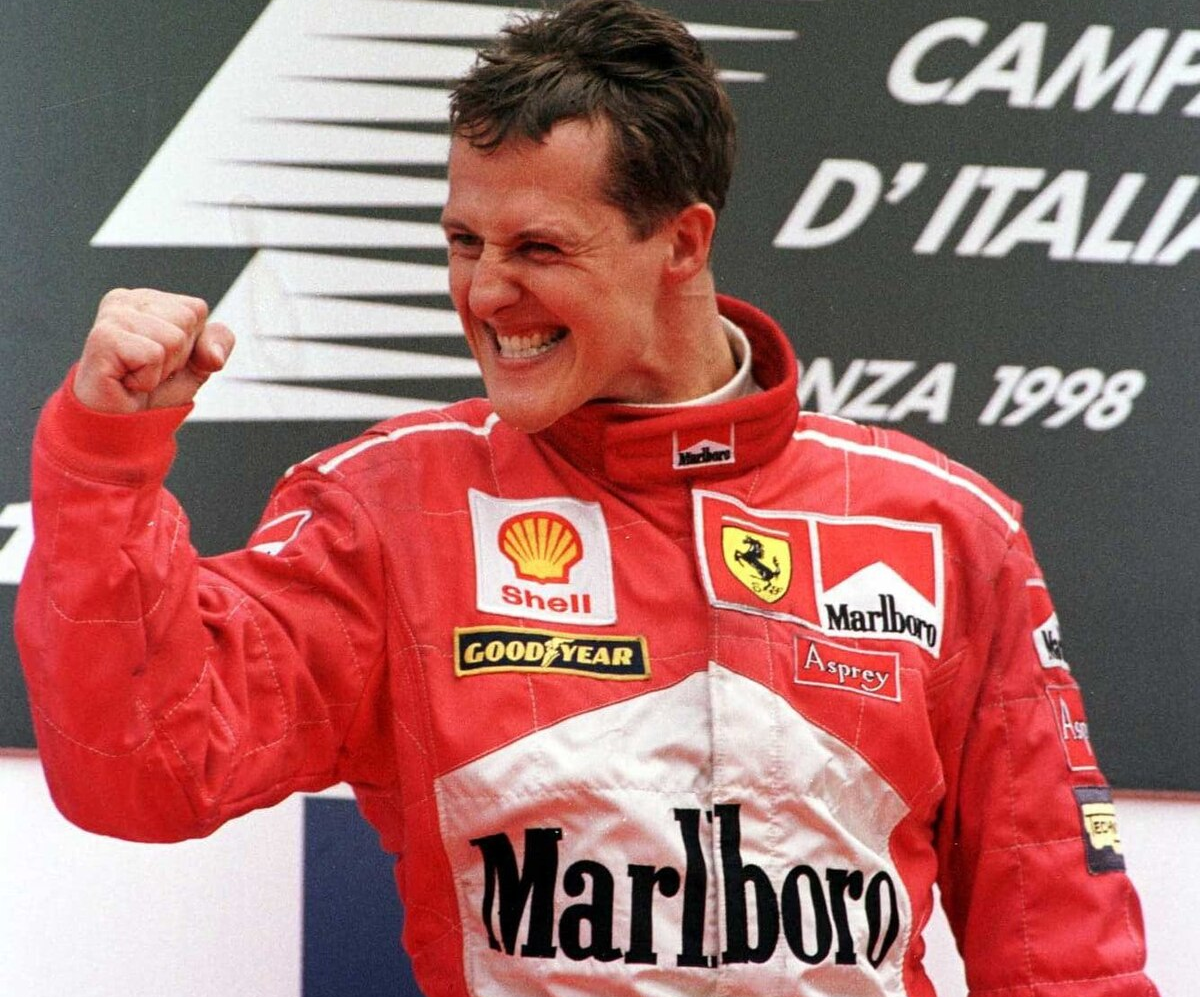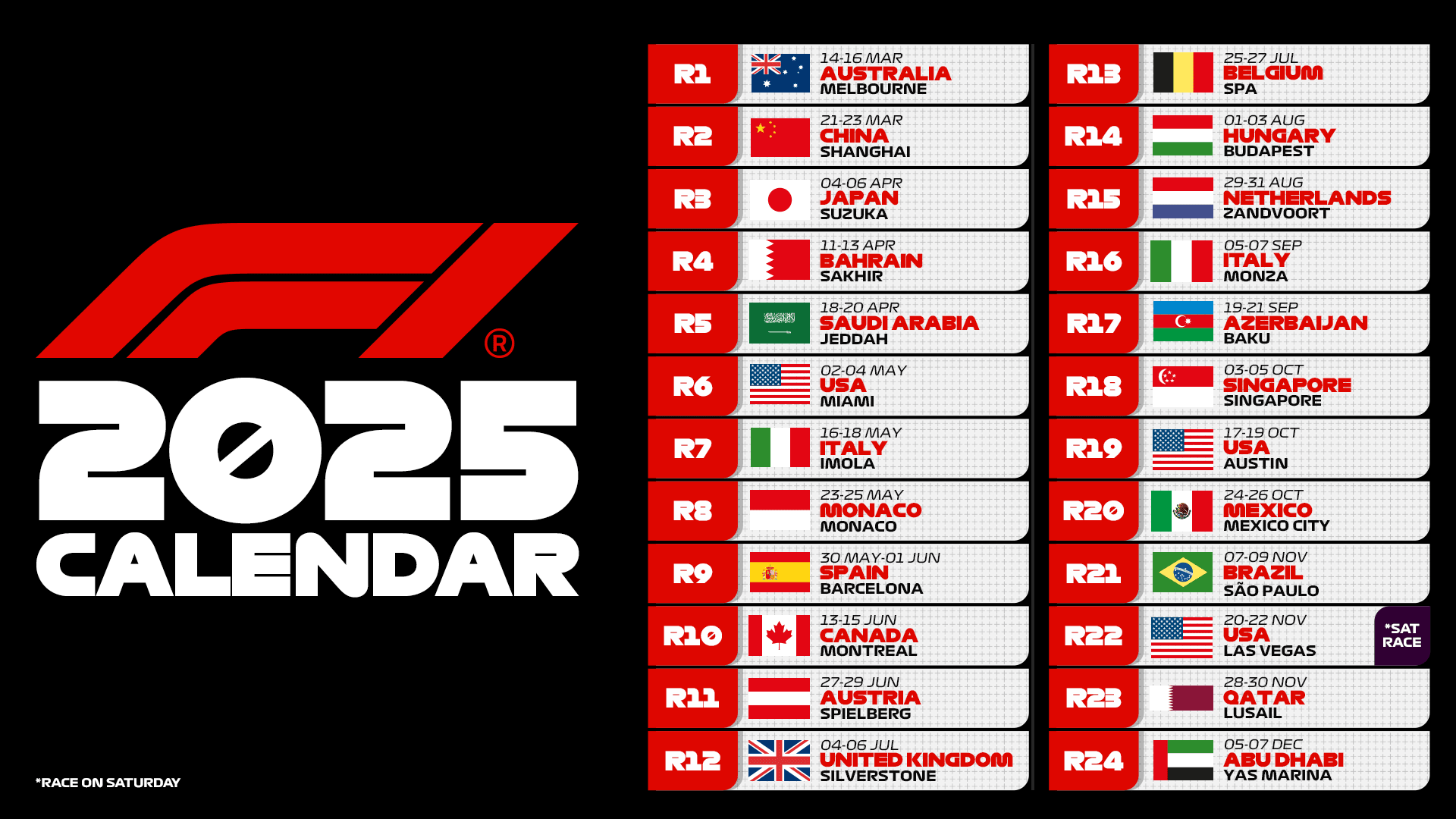Twenty-six years after their last triumph in 1998, the constructors’ championship is once again painted in McLaren’s colors. A long-awaited success rooted in more than just the past two years, during which the Woking team went from battling to avoid the back rows to becoming the grid’s benchmark. Behind the group that brought McLaren back to the top are also investments made during more challenging times.
In this context, there was no better way to seal the title than with a dominant victory, confirming the competitiveness already glimpsed on Friday and Saturday. Their superiority never truly put Norris’s win at risk, a critical factor in the championship fight, as a Ferrari triumph would have changed the standings, especially after Oscar Piastri’s accident.
In the critical moment, with the pressure of the result on his shoulders, Lando Norris delivered. But perhaps it’s more accurate to say the entire McLaren team held firm, closing out a race that, at key moments, could have taken a different direction. Underpinning this victory and superiority were choices made even before the race.
The 4 seconds in the first stint that changed the race
After maintaining the lead at the start, Norris immediately tried to pull away from Carlos Sainz’s Ferrari, which had moved up to second, building a roughly two-second advantage by the time the Virtual Safety Car was deployed. This gap was partly due to Sainz reacting to the Piastri-Verstappen collision and partly to McLaren’s efficiency in quickly getting the tires into their optimal working window.
Looking at the data, however, that Virtual Safety Car changed the dynamics more significantly than it might appear. During that neutralized lap, Lando Norris actually extended his lead by another second, pushing it above three seconds—a safety margin that proved crucial in the first stint, arguably the race’s most critical phase.
Norris progressively widened the gap to four seconds by around lap 20, at least until the tires began showing signs of graining and wear. While Carlos Sainz maintained steadier lap times, Norris experienced a sharper decline, managing the balance between issues on the front right tire and the typical rear tire degradation, a critical factor in Abu Dhabi.
It’s no secret that throughout the 2024 Formula 1 season, when rear tires overheated and showed signs of wear—especially with softer compounds and less aerodynamically loaded setups—the MCL38 faced some challenges. It was in the hotel section where Norris began losing ground compared to earlier lap times, allowing Carlos Sainz to start slowly closing the gap.
Show your support for Scuderia Ferrari with official merchandise collection! Click here to enter the F1 online Store and shop securely! And also get your F1 tickets for every race with VIP hospitality and unparalleled insider access. Click here for the best offers to support Charles and Lewis from the track!
The choice of wings ultimately paid off
For this event, McLaren selected two different rear wings: a medium-downforce version and a much higher-downforce one, which was only used by Hirakawa during the rookie session in FP1. The team opted for the lower-downforce version, although Norris mentioned after qualifying that this choice had compromised their qualifying performance due to a less effective DRS compared to rivals. This was confirmed by the data, showing a significant speed difference in single-lap performance.
However, McLaren believed it was the ideal choice, balancing top speed with cornering grip. “We think it’s the right wing, striking a balance between straight-line speed and cornering grip. I believe Lando is referring to the fact that we are seeing a DRS speed deficit, which we didn’t necessarily anticipate and are investigating. Of course, DRS effectiveness isn’t the sole design parameter, as aiming for higher DRS effectiveness might result in a less efficient wing,” explained Team Principal Andrea Stella.
Indeed, during the race, top speeds without DRS open leveled out. It’s evident McLaren had to find what they considered the best balance between these aspects, as they couldn’t afford the higher-downforce wing. Paradoxically, this became one of the key elements in McLaren’s victory, as the tire degradation during the second stint was extremely controlled, offsetting the grip deficit experienced at the end of the first stint.
Perfect pit stop and low degradation
Returning to the first stint, one critical moment was the pit stop at the end of lap 20. Despite gaining ground on the McLaren, it was Ferrari that made the first move by pitting Sainz.
The likely idea was to apply pressure, hoping a pit stop issue might cause Norris to emerge behind Russell, who had a marginal window at the time of Sainz’s stop. However, not only did Norris extend his lead during his in-lap, putting himself out of Russell’s reach—who also eventually pitted—but McLaren also delivered the fastest pit stop of the race, taking just over two seconds.
These two factors ensured Norris rejoined ahead of Sainz with a 1.5-second lead, allowing him to manage the situation more effectively. Had the gap been smaller, Ferrari could have applied more pressure, but this small yet significant margin enabled Norris to preserve his front tires during the opening laps of the stint, particularly in turns 3 and 9. This initially allowed Sainz to stay close.
However, once Lando Norris was given the green light to push, his pace improved significantly, extending his lead to seven seconds. This conservative approach, combined with the mechanical resilience of the hard tires—exhibiting very low degradation—allowed Norris to push without major limitations throughout most of the second stint. This reversed the issues seen at the end of the first stint. The reduced rear tire wear allowed him to maintain pace in the final sector, where most of the gap was built.
As Frederic Vasseur explained, Ferrari had anticipated a higher-degradation race, hoping to close in during the latter part of the stint. However, with reduced tire wear, this strategy didn’t favor the Scuderia, which is typically gentle on tires: “We expected to pressure Norris at the end of the race, anticipating higher degradation, but it didn’t happen. We also knew the pace delta between stints with McLaren was around a tenth, which wasn’t enough to overtake. It came down to degradation towards the end of the stint, but it just wasn’t there.”













.png)

Leave a Reply